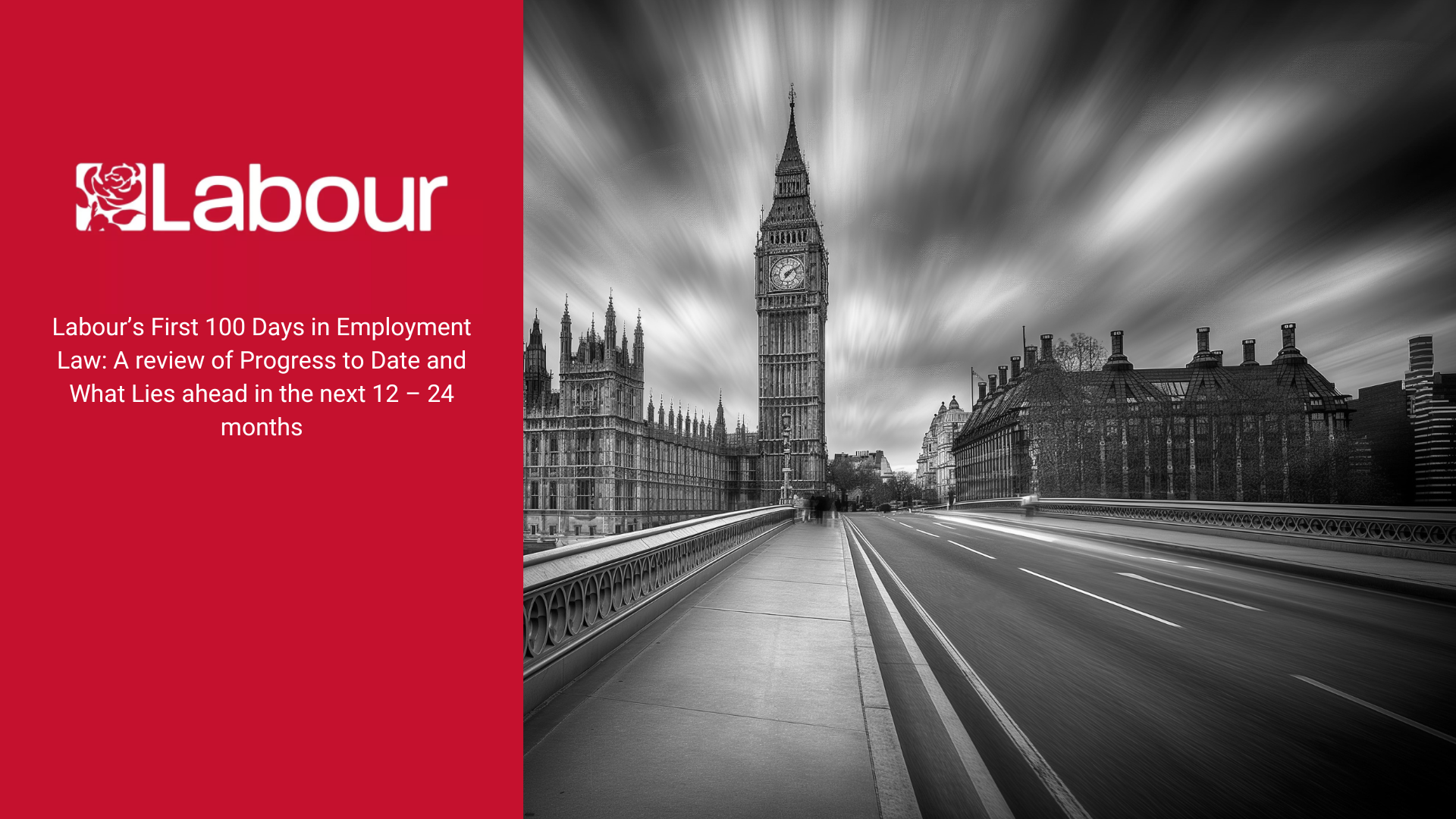How to prove discrimination at an employment tribunal
While discrimination can be overt, it may also be subtle and underhand. This can make it difficult to collect and provide evidence. Therefore, it is important to know what you must prove, and how you can prove it.
The ‘burden of proof’ and ‘standard of proof’
The burden of proof describes which party in a dispute must prove something to win their case in a tribunal or court.
The standard of proof is the extent to which a party must prove their case to succeed.
In the criminal courts, the prosecution must prove the defendant committed the alleged crime (the burden of proof). They must do so ‘beyond reasonable doubt’ (standard of proof).
However different standards apply in an employment tribunal.
The burden and standard of proof in discrimination cases
Tribunals recognise that it can be difficult for an employee to prove discrimination. Because of this, the starting point in a discrimination case is specifically defined.
In order to prove their case, a claimant needs to establish, on the balance of probabilities, that they received less favourable treatment due to a protected characteristic.
‘The balance of probabilities’ is a lower ‘standard of proof’ than in the criminal courts. It means the facts must be proved as more likely than not to have occurred.
The ‘burden of proof’ is then shifted to the employer. They must prove there was a non-discriminatory reason for the facts that have been proven.
To give an example: it may be that a claimant, who is of non-white heritage, unsuccessfully applied for a promotion on multiple occasions. Meanwhile, a less qualified and less experienced colleague, who is white, was offered the same position after their first application.
On the face of it, this is evidence from which the tribunal could infer discrimination. It is therefore up to the employer to prove that the claimant was not promoted for a legitimate reason.
What evidence of discrimination should you provide?
This will vary from case to case, but broadly falls into the following three categories:
Documentary evidence
A good starting point is your contract of employment, but you should also consider:
- emails and letters you have sent or received,
- the employee handbook,
- internal policies,
- details of your employment review or appraisal,
- minutes taken at a disciplinary procedure,
- posts and comments on social media (take a screenshot)
- any other written documentation or information.
Witness evidence
Is there anyone within the workplace who saw or heard things and would be willing to give evidence? Perhaps they overheard a conversation?
Your own evidence and recollections
Try and make an accurate note of what happened, who said what and when. Ideally, such notes would be made around the time the events happened. If not, try and write them out from memory.
Spend a moment thinking about what you have that can substantiate your memory. For example, do you remember a particular conversation that upset you so much, it drove you to take a particular action? Do you have any proof of this?
Getting information from your employer to prove discrimination
Your employer may have documents and information in their possession that you do not have, including your own HR records. You can write to your employer asking for this information, keeping a record of that request. If they do not respond or provide the information, you can state this in the tribunal.
You can also send your employer a list of questions, perhaps asking them to explain why they took certain actions. Keep copies and proof of these. You may wish to ask them to reply within a certain time frame.
The employer does not have to reply, although a tribunal can subsequently order them to do so. Again, a failure to reply can be used by you in a tribunal.
Making a data subject access request to prove discrimination
You may also be able to request specific personal details, or a full list of the personal data your employer holds on you, under the General Data Protection Regulation (GDPR). This is known as a subject access request (SAR).
To do this, write to your employer and ask them to provide the information they have about you under the Data Protection Act. Your employer then has one month to provide copies of the personal data you requested, free of charge.
There are some limits on what must be disclosed. More information is available from the Information Commissioner’s Office (ICO).
Getting a claim in order to prove discrimination
Proving discrimination in the workplace is not always straightforward. If you believe you are being discriminated against, or were the victim of discrimination, we recommend you take legal advice to help assess the evidence and work out what other information you may need.
Our team of employment solicitors is experienced in handling workplace discrimination cases. For more information and professional advice, get in touch today.











